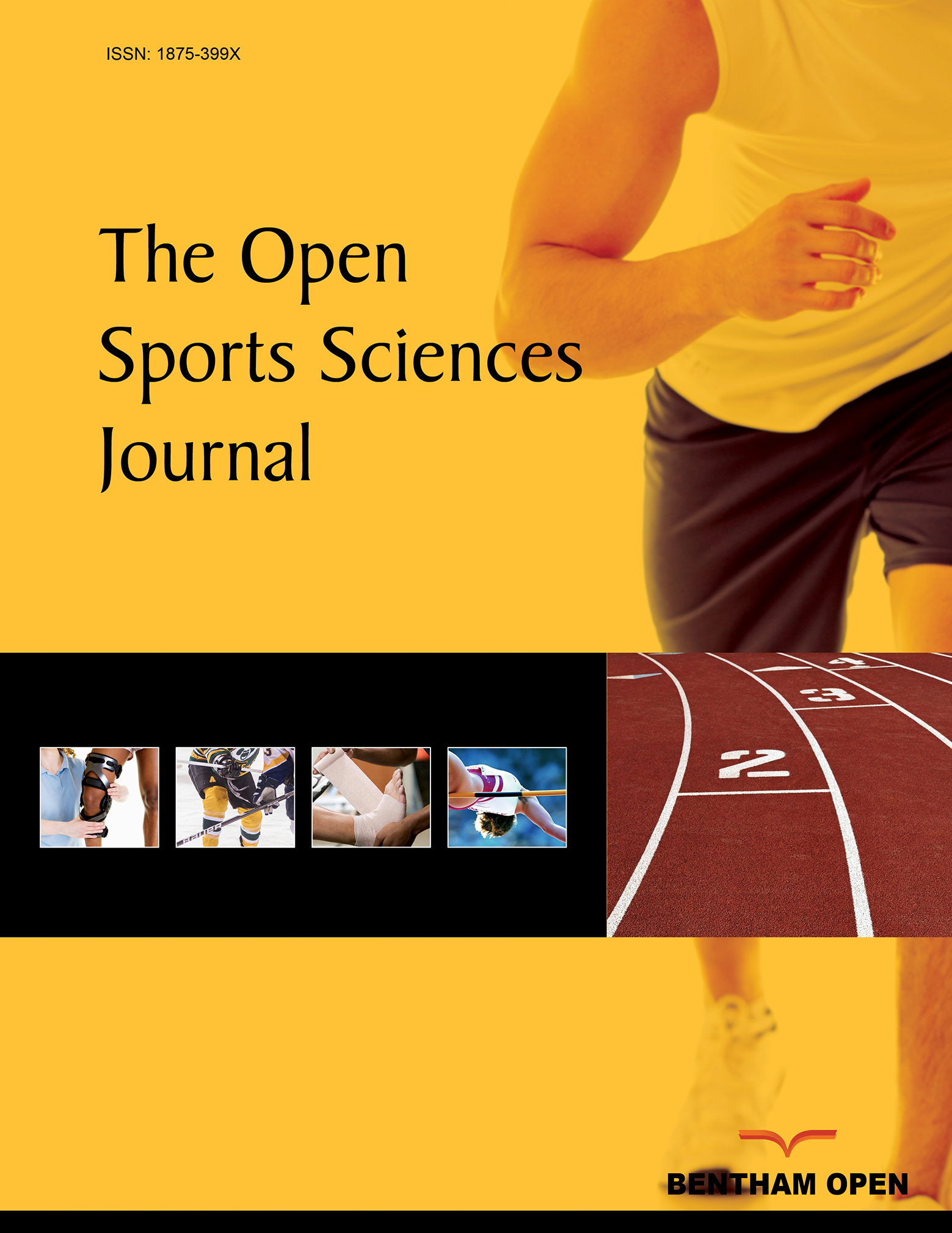All published articles of this journal are available on ScienceDirect.
Effects of Low-Frequency Vibration on Physiological Recovery from Exhaustive Exercise
Abstract
Objective:
This study examined the effects of low-frequency vibration on physiological recovery from exhaustive exercise.
Methods:
Twelve college males were recruited in this randomized crossover-designed study, and were asked to perform one of three treatments following a graded cycling exercise test: nonvibration (0 Hz, 0 mm, CON), high-amplitude vibration (8 Hz, 8 mm, HVT), or low-amplitude vibration (8 Hz, 2 mm, LVT). After the 10-min treatment, participants were asked to rest in a supine position for a 1-h recovery. The oxygen uptake, heart rate (HR), and blood lactate concentration (La) were measured during the trials.
Results:
The oxygen uptake during HVT were significantly higher than those in the CON and LVT (p < 0.05, effect size = 1.52−1.63). The La immediately following HVT was significantly lower than that following CON (HVT vs. CON = 11.52 ± 1.85 vs. 12.95 ± 1.78 mmol•L-1, p < 0.05, effect size = 1.94). Additionally, the Las following HVT and LVT at the post 30-min were significantly lower than that following the CON (HVT vs. LVT vs. CON = 4.72 ± 0.97 vs. 4.58 ± 1.06 vs. 5.98 ± 1.49 mmol•L-1, p < 0.05). No significant differences were found on the HRs, or on the time and frequency domain indices of HR variability among treatments during the recovery period.
Conclusion:
These results indicated that vibration with low frequency (8 Hz) can facilitate the removal of metabolic by-products after exhaustive exercise, but it has little effect on the autonomic nervous modulation of HR recovery.


